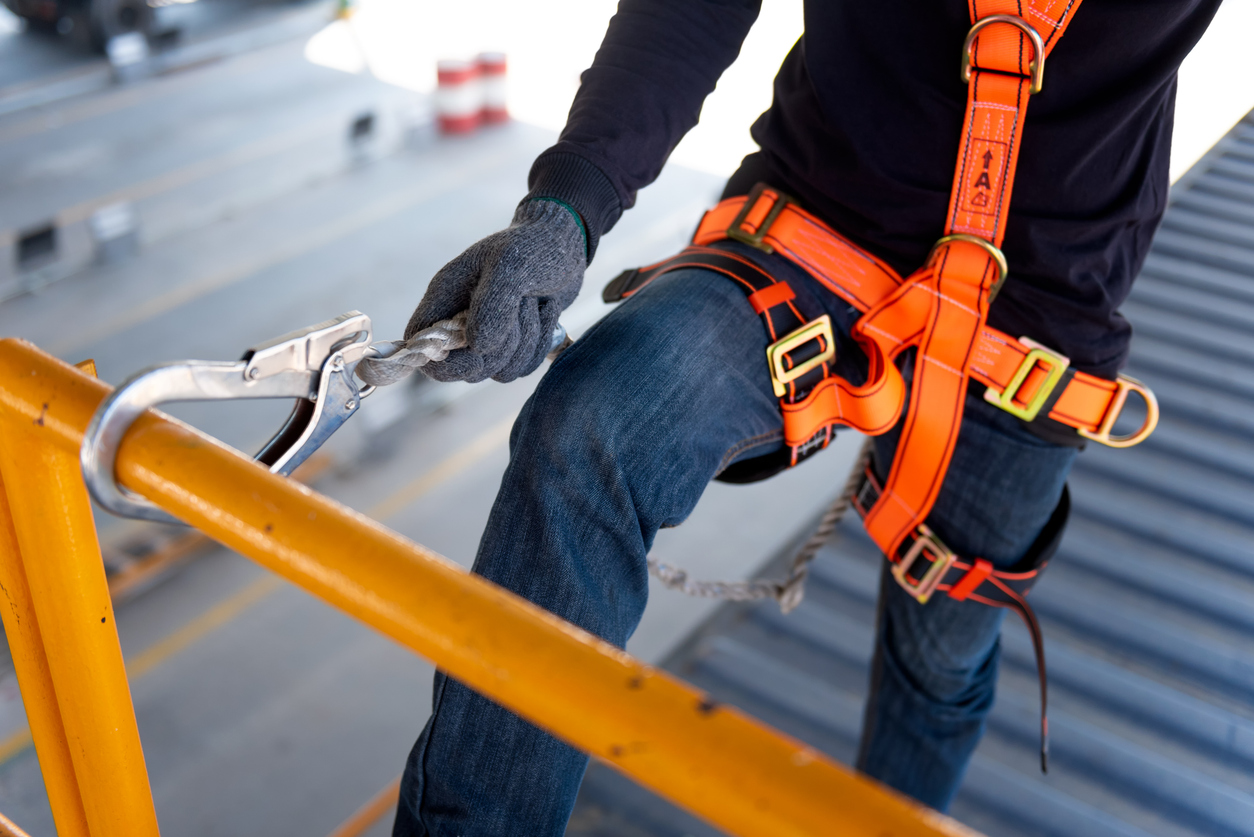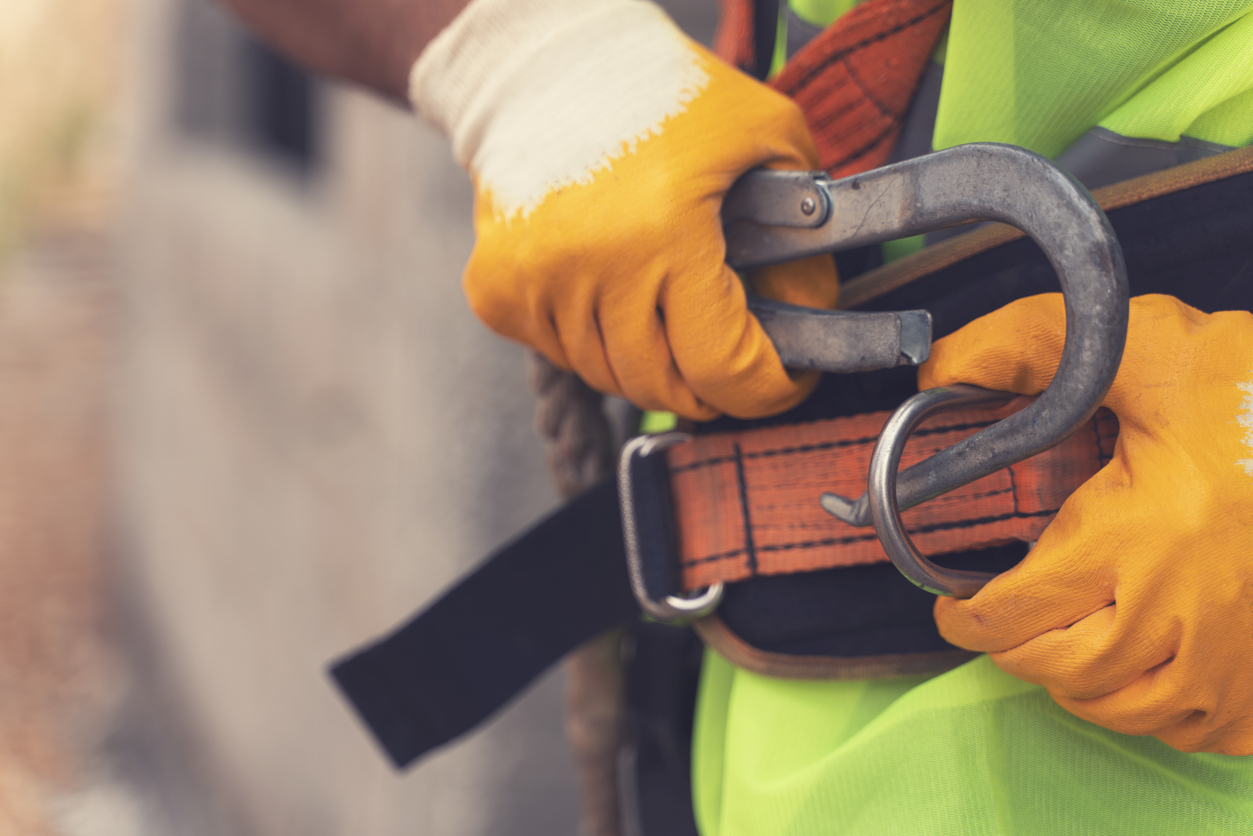Selecting the right scaffolding for your construction project is crucial for ensuring safety, efficiency, and cost-effectiveness. With various types of scaffolding available, understanding which one suits your specific needs can be challenging. This guide will help you navigate through the options and make an informed decision.
Understanding Your Scaffolding Project Requirements
The first step in choosing the right scaffolding is to assess the specific requirements of your project. Consider the following factors:
- Height: How high does the scaffolding need to reach?
- Load Capacity: What is the maximum weight the scaffolding must support?
- Duration: How long will the scaffolding be in use?
- Environment: Will the scaffolding be used indoors or outdoors? Is the ground uneven or stable?
Types of Scaffolding
Different projects require different types of scaffolding. Here are the most common types and their typical applications:
1. Supported Scaffolding
This is the most common type, consisting of one or more platforms supported by rigid, load-bearing members.
Best For: General construction projects, painting, bricklaying, and maintenance work.
2. Suspended Scaffolding
Platforms are suspended by ropes or other non-rigid means from an overhead structure.
Best For: Projects on tall buildings, such as window washing and exterior repairs.
3. Rolling Scaffolding
Similar to supported scaffolding but equipped with wheels or casters.
Best For: Projects that require frequent movement, like electrical work or painting large areas.
4. Mobile Scaffolding
A portable, freestanding scaffold supported by casters.
Best For: Indoor projects, maintenance work, and tasks requiring mobility.
5. Cantilever Scaffolding
Supported on one end, with the other end extending beyond a building.
Best For: Projects with obstacles at ground level, like overhanging structures.
6. Tube and Coupler Scaffolding
Built from tubes and couplers to create a framework.
Best For: Complex structures and projects requiring high load capacities.
Prefabricated modular components designed for quick assembly.
Best For: Large-scale projects, commercial construction, and when time is a critical factor.
Key Considerations
When selecting scaffolding, consider the following:
- Safety: Ensure the scaffolding meets all safety standards and regulations. Check for features like guardrails, non-slip platforms, and secure connections.
- Ease of Assembly: Some scaffolding types require specialized skills and tools for assembly. Choose a system that matches your team’s expertise.
- Durability: Select scaffolding made from high-quality materials that can withstand the project’s environmental conditions.
- Cost: Evaluate your budget and choose a cost-effective solution without compromising safety and quality.
Choosing the right scaffolding for your project involves careful consideration of your project’s specific needs, safety requirements, and budget constraints. By understanding the different types of scaffolding and their applications, you can make an informed decision that will enhance the efficiency and safety of your construction work.
For professional advice and high-quality scaffolding solutions, visit http://grplus.co.uk. Our team of experts is here to help you select the best scaffolding for your project, ensuring a safe and successful outcome.




